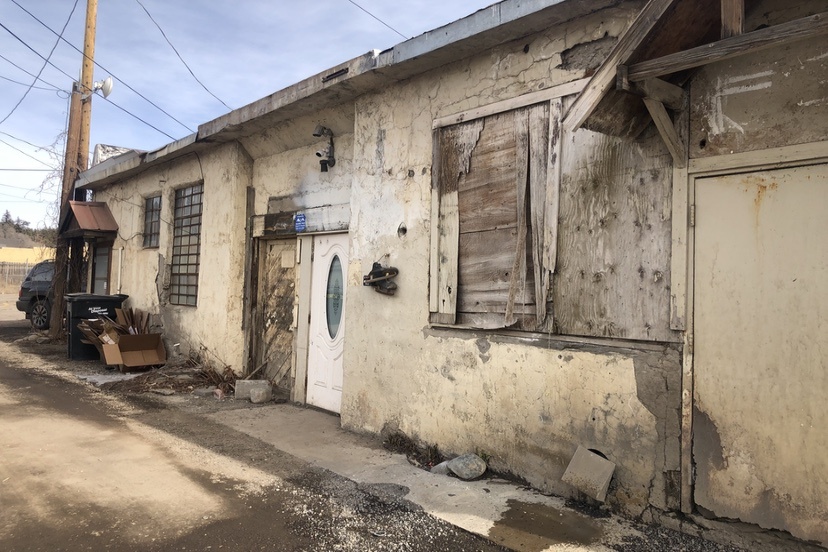If one travels to any city in Europe, and a majority of the older cities in the eastern United States, you will notice something strikingly different from what is seen in the new more modern cities of America, especially our western cities and towns.
Beautiful architecture. In most of these places, you will find awe inspiring, heart felt, artful architecture. These buildings stand in stark contrast to what we see being built in these modern times…
…When did we in America turn our backs on art? Primarily in architecture?
— from a letter to the editor by Caleb Monroe, in the February 5 edition of the Pagosa Springs SUN newspaper
After reading the letter from Caleb Monroe in our local newspaper, I took a walk through downtown Pagosa, to remind myself why I live here.
Here’s my confession:
I moved to Pagosa Springs because of the ugly buildings.
They are a disappearing breed, however.
One of our ugliest buildings (in my humble opinion) is the Town of Pagosa Springs Geothermal Utility Building on South 5th Street.
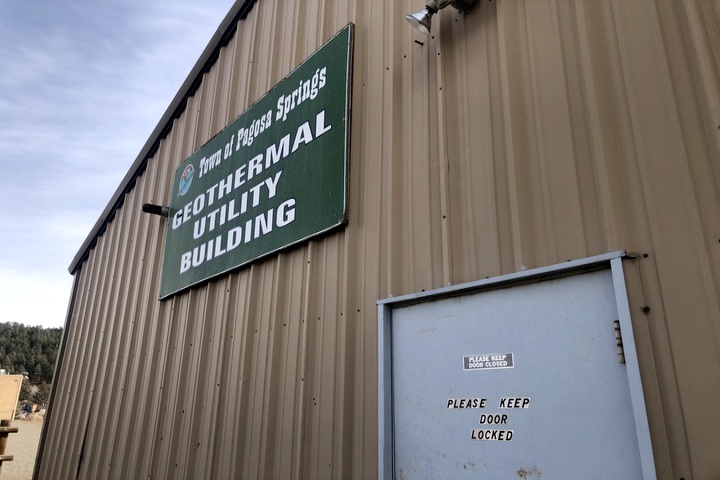
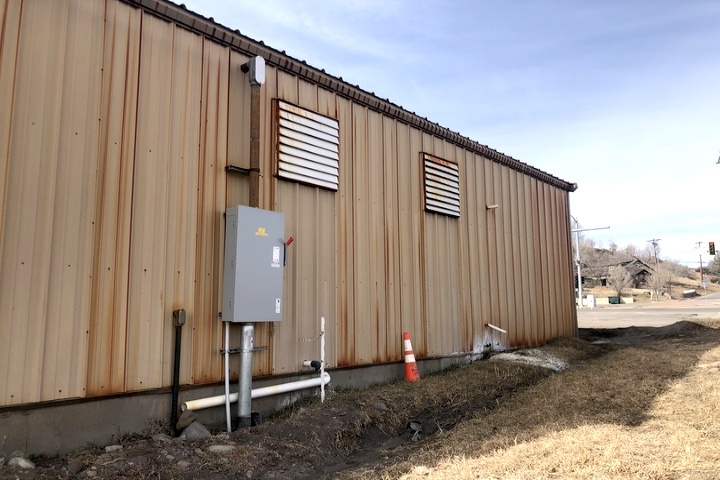
It’s been ugly for many years. For as long as I can remember, in fact. It was probably ugly back in the 1980s when it was first built.
Now I hear that it’s scheduled to be decorated with a publicly-funded $15,000 mural, on top of getting brand new siding.
What is our town coming to?
Back when Pagosa Springs first got settled by people escaping from the sophisticated, snobbish East Coast, architects were still designing beautiful buildings in any city in Europe and in a majority of the older cities in the eastern United States.
In the western United States, however, the architecture consisted of log cabins and adobe huts. It was the best we could do. We’re not finicky, like people in any city in Europe and a majority of older cities in the eastern United States.
We’re willing to live in a cardboard box, if necessary.
When Darlene and I first arrived in Pagosa, we could tell right away from the architecture, that we were not in any European city. This was obviously the Wild West, with an emphasis on “wild”. Even the sidewalks were “wild”… in the sense that they didn’t exist in most neighborhoods, indicating that it was perfectly acceptable to walk in the middle of the street.
In the old Western TV shows I watched as a kid, the Sheriff and the Bad Guy would often stage a duel in the middle of the street, where the Bad Guy always got out-gunned. (Why he agreed to the duel, I never could understand.) So walking in the middle of the street always makes me feel a bit like a Sheriff.
But to get back to Pagosa architecture…
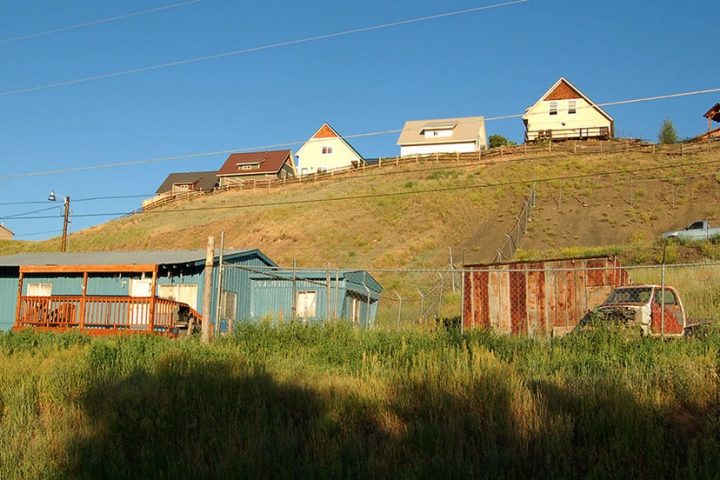
A wise person once said that beauty is in the eye of the beholder. So, I will make the same claim.
And the architecture in Pagosa Springs — back in the good old days — made it clear that peeling paint, and broken shutters, and doors that hung slightly askew, were the type of beauty expected in my newly-adopted home town. We were the beholders, and in our eyes, buildings that would be considered ‘ugly’ in older cities in the eastern United States held, for us, an extraordinary charm.
The same kind of charm exhibited by a old, arthritic dog that you’ve kept alive with regular cortisone shots.
We understood that, if we settled here, we would not be expected to maintain our property any better than the government maintained the roads. In other words, the bar had been set very low.
Ah, yes. Those were the days. When ugly was beautiful.
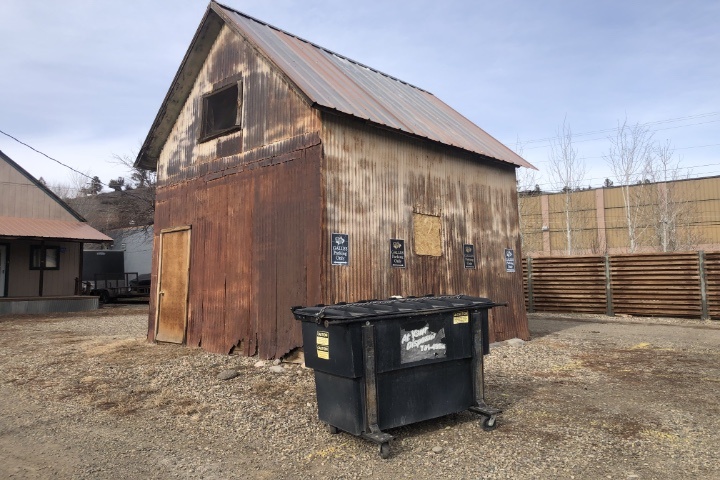
For some reason, businesses and governments and homeowners started fixing up their buildings, and newcomers came into town with “European-East-Coast” ideas about architecture. There’s even a property owners association that pays an inspector to drive around, checking out the neighborhoods, and issuing fines if you paint is peeling or your door is hanging askew.
The excuse for these inspections? “It keeps property values high…”
Has anyone noticed our property values lately… and our property taxes?
How high do people want them to get?
Ugly architecture can help.
Underrated writer Louis Cannon grew up in the vast American West, although his ex-wife, given the slightest opportunity, will deny that he ever grew up at all. You can read more stories on his Substack account.

